Let's Talk Shop: Statue Repair
- Metal Museum
- Sep 10, 2019
- 3 min read
By Robert Fairchild, Arts Intern in Marketing

Kevin Burge, our Repair & Restoration Specialist, has worked at the Metal Museum for nearly a decade. He received his BFA in jewelry and metalsmithing from Missouri State University in 2007. Soon after, he began his position at the Metal Museum and his skills have grown to include everything from repair work to mount making, exhibit installation, and more. This is a full-time endeavor, as the Museum takes on repair and restoration projects year-round. Our shop receives close to 300 repairs each year. This doesn’t include the number of repairs during our largest fundraiser, Repair Days. Over the course of the Repair Days weekend, over a hundred volunteers complete between 100 and 150 repairs. Any remaining projects are handled personally by Kevin.
Kevin’s latest repair project is a statue of a female figure with the head folded into its chest. “Figuring out how they put it together [and] what the material is” are the first steps on the road to a successful repair. This particular statue was crafted from brass-plated pot metal. Because this is a soft metal, similar to pewter, the statue can be bent back into place and soldered fairly easily. Kevin used a vice grip to pull the head back into its proper position with minor difficulty. In order to reach the figure’s caved-in chest, Kevin cut a section from the elbow to the shoulder with a small hand saw. Hand-made tools, including a manipulated steel bar, give him much needed leverage to fix imperfections. Trial and error are a large part of this process. With several tools at his disposal, Kevin uses a variety of techniques in his daily work.
Once the dents in the chest have been pushed forward, the only way to restore lost material is to solder. This additive method of sculpting reinforces weak structural components and resolves any imperfections created from the repair. Kevin removes the outer layer of brass to ensure a strong, clean bond between the materials. Flux, a cleaning agent, is then applied to the pot metal surface to promote better adhesion. Afterwards a soldering iron is heated using a welding torch to melt the 60 / 40 solder. This tool allows Kevin to lay the metal into the cracks as deeply as possible. It is also an alternative to applying heat directly to the piece, which can be detrimental. This process is used to reattach the arm, fill the hole made from bending the figure, and restore the indented chest.
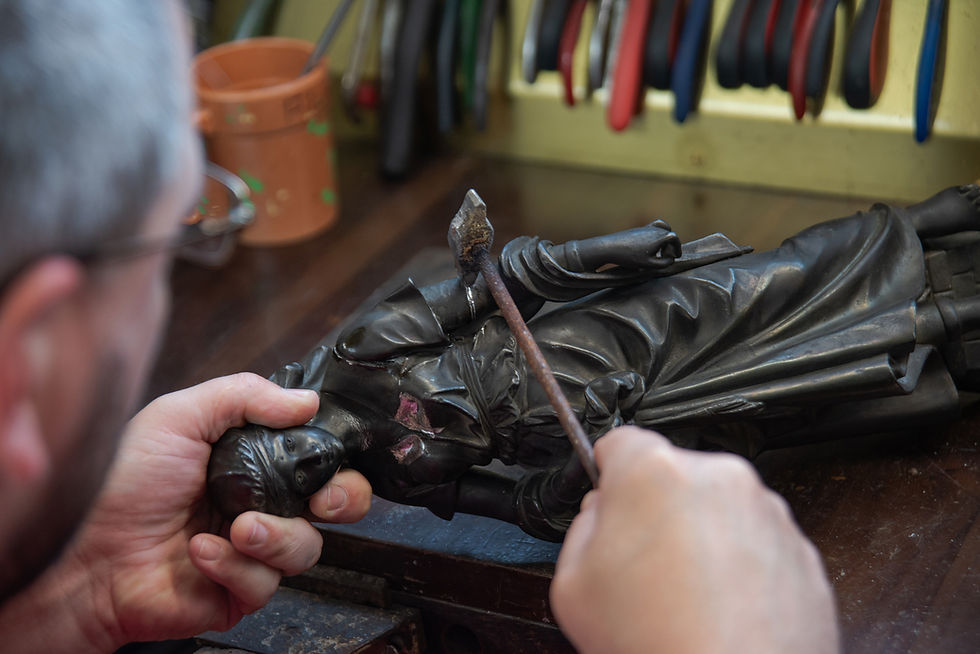
When these steps are completed, Kevin transitions to a mini torch which allows for precise, smaller adjustments. After all of the pieces are connected and all imperfections are filled, the flux must be neutralized. Without neutralization the flux’s acidity will deteriorate the piece over time. A mixture of baking soda and water is all that is needed. To cover the bright silver color of the welds, a black patina is applied to darken the surface of the metal. Acrylic paint is mixed to match the brass plating and applied with a detail brush. Once a wax coating seals the paint, the statue is complete and ready for pickup by the client.
Kevin’s artistic practice has been influenced by his time at the Metal Museum. After years of repairs, Kevin understands how to design work that will stand the test of time. When asked what he enjoys most about his job is, he states, “The way I approach my artwork, it’s very technique based. So, I like knowing how things work, how things go together. That’s pretty much the whole job for repair, that’s why I like doing it. For mass produced works, it’s gotta go together. Typically, it’s gotta be as efficient as possible but strong enough to survive whatever it’s being used for. So, you find some fairly interesting ways of things being put together because of that fact. The older things get the more traditional ways you would expect things to be done. I get to see the full range.”

Along with being our Repair & Restoration Specialist, Kevin works as a gallery preparator, art handler, and a jack of all trades at the Museum. We’re happy to have him on our team in our mission to preserve, promote, and advance the art and craft of fine metal work.
Repair projects generally take four to six weeks for completion, depending on the size of the object and extent of the damage. While most repairs come from the Memphis area, the Museum happily accepts items from across the United States. For more information please visit metalmuseum.org/repairs.
Robert Fairchild is the Summer 2019 Arts Intern in Marketing at the Metal Museum. Fairchild is a senior at the University of Memphis, studying Studio Arts and Creative Mass Media. The Arts Intern program, which offers paid internships in the arts to undergraduate students in financial need, is one of many arts programs run by the Studio Institute.






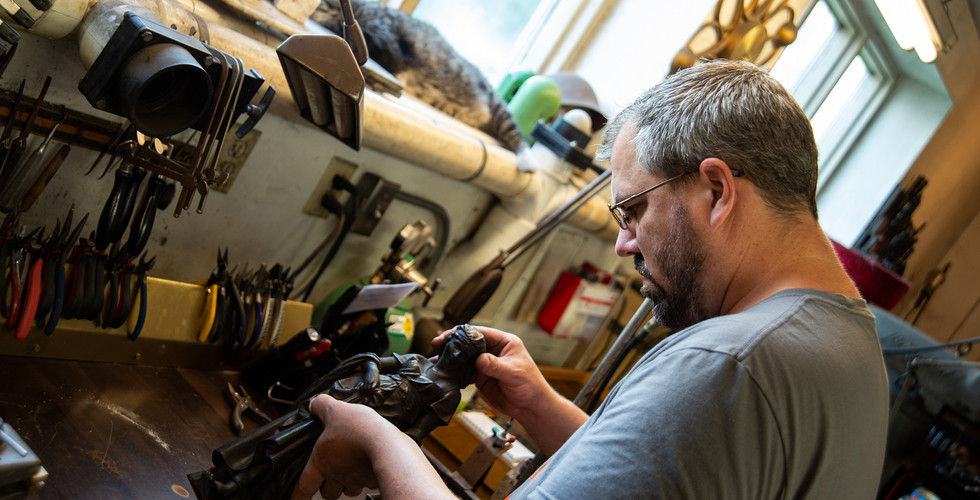
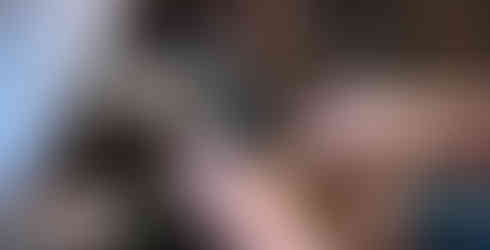

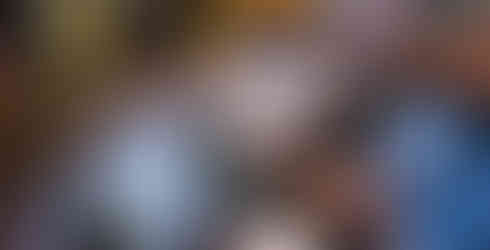



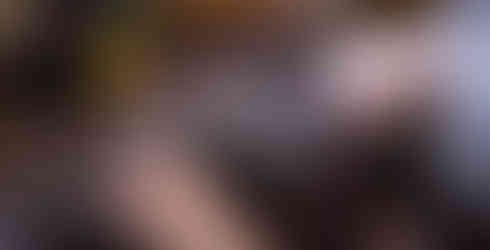










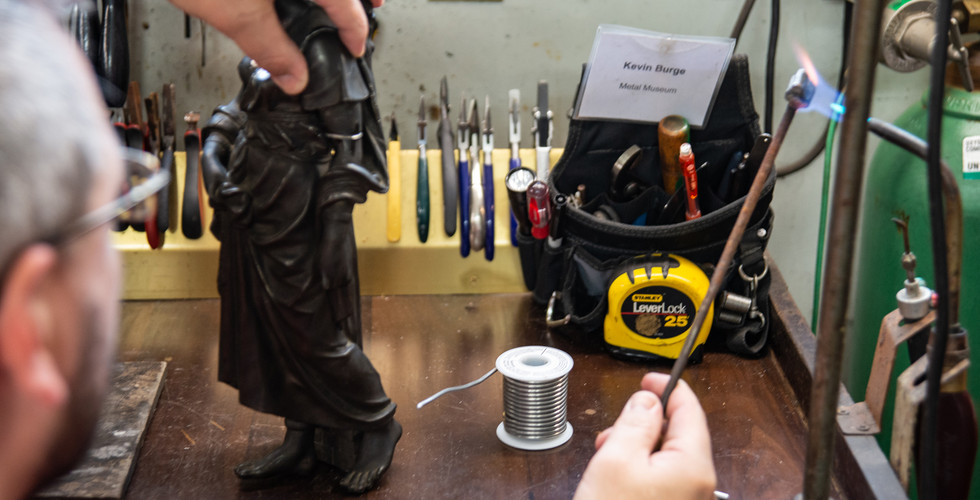









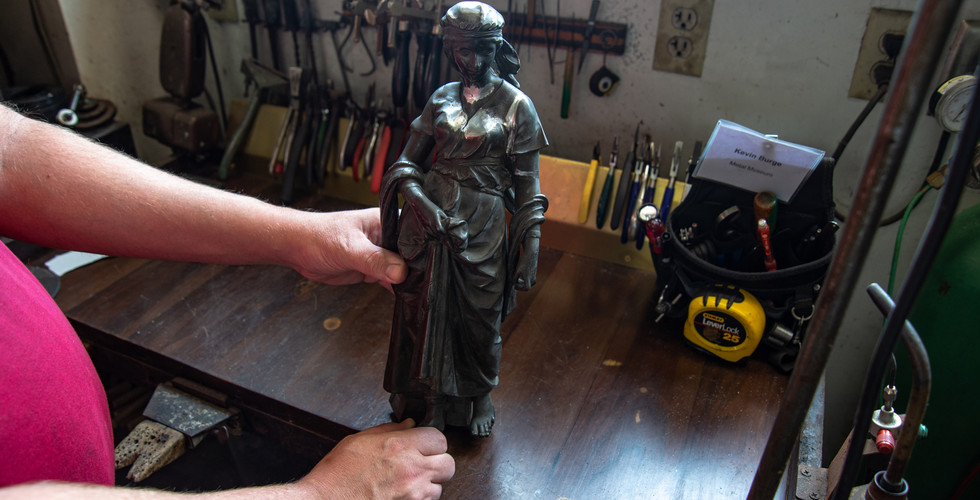











Comments